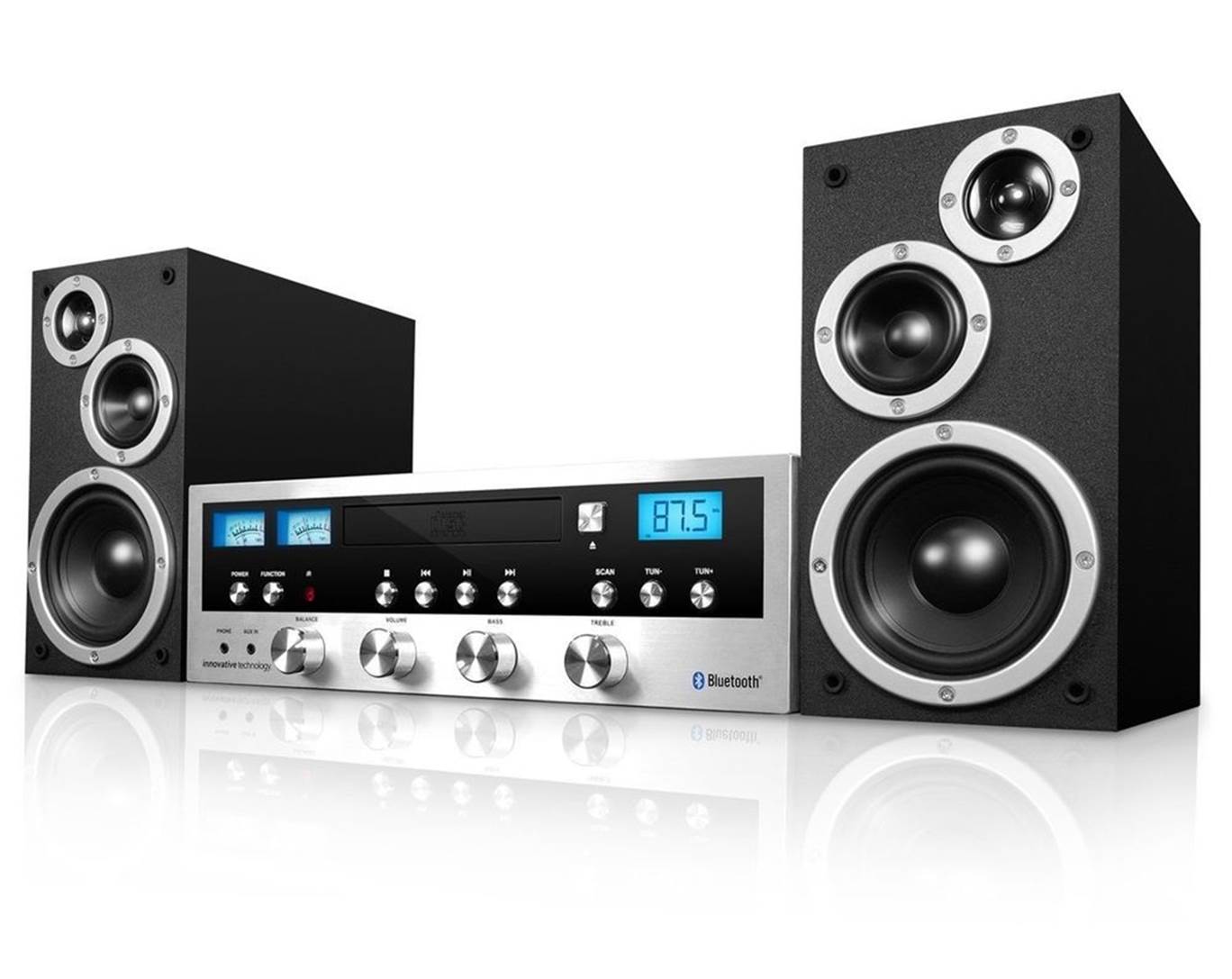Upgrading your audio listening experience can significantly affect how you experience tunes, films, and even video games. If you are a casual listener or an audio specialist, knowing how to arrange the audio system for maximum audio performance is crucial. With the right audio tools and thoughtful setup, you can convert the listening space into a private sound oasis.
This article will take you through all you need you need to know about choosing and setting up audio gear, from choosing the best speakers and headphones to setting up a surround sound system. We will also explore the key features to look for in premium audio equipment, ensuring that you make informed choices tailored to your needs. Get ready to elevate your audio experience and find the joy of superb sound quality.
Choosing the Optimal Audio Equipment
Selecting the right audio equipment is essential for obtaining excellent sound quality customized to your individual needs. First, consider what kind of audio experience you are looking for, whether it's high-fidelity listening at home, recording in a studio, or delivering an interactive performance. Comprehending your key purpose will assist refine the options and make certain you purchase gear that complements your listening environment and intended audio outcomes.

Then, take into account the key features that characterize quality audio gear. Search for components that offer high fidelity, low distortion, and a large frequency response. Focus on the build quality, brand reputation, and reviews from other users. These criteria will lead you toward reliable equipment that will not hinder your listening experience. It's also necessary to examine any connectivity options, such as wired or wireless, to ensure compatibility with your current setup.
Lastly, do not neglect your budget when choosing audio equipment. Quality gear can be a substantial investment, but there are options accessible across multiple price ranges. you can try here on features that fit your needs and think about purchasing used or older models from reputable brands. Always consider the performance benefits against your budget restrictions to secure the best value while not compromising on sound quality.
Key Features for Quality Sound
When configuring your audio system for optimal sound quality, various key features must be considered. The first key feature is frequency response. A wider frequency range lets your audio equipment to produce both low bass and high treble precisely, ensuring a richer sound. Find specifications that highlight a range including deep lows to sparkling highs, as this balance is crucial for an engaging listening experience.
Another essential feature is Total Harmonic Distortion (THD). This metric shows how much a device modifies the original audio signal. Reduced THD values are better, as they signify that your equipment is providing a clearer sound without undesired coloration. A high-quality audio system should generally have a THD of below 1 percent, which contributes to preserving the integrity of the audio you are experiencing.
In conclusion, think about the build quality and design of the equipment. Resilient materials and strong construction can profoundly impact sound performance. Expertly crafted equipment not only boosts physical stability but also can influence resonance and vibrations, which are crucial for sound clarity. Purchasing a robust and well-crafted audio system will guarantee longevity and steady high-quality audio output for years to come.
Arranging An Sound System
To achieve maximum sound quality, ideal placement of the chosen audio equipment is crucial. Start by placing the chosen speakers at ear level, forming an balanced triangle between the listening position and the speakers. This placement improves stereo imaging and ensures an consistent distribution of sound across the room. Do not placing speakers too close to walls, as this can lead to reflections that muddle audio clarity. Play around with speaker positioning to find the ideal arrangement that suits your space.
Furthermore, think about the acoustics of the chosen room. Hard surfaces can result in echoes and reflections that reduce sound quality. Add soft furnishings, such as rugs and curtains, to absorb unwanted sound. If possible, use acoustic panels to treat challenging areas. Additionally, keep in mind that the size of the room can affect the performance of your audio system; larger rooms may require higher output speakers or additional subwoofers to fill the area effectively.
Finally, make sure that the audio devices are connected using top-notch cables that prevent signal loss. Purchase good quality interconnects and speaker wires to maintain audio fidelity. For a clean setup, refrain from running power cables alongside audio cables, as this can introduce unwanted noise. Regularly check connections and settings on the audio interface to optimize sound quality, ensuring all components work in sync for the greatest listening experience.
